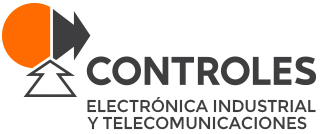1973 to 1979 period - Company foundation

On April 1973 the company was founded under the name GMS by the engineers Juan Guerzi, Enrique Mace and Enrique Sallés. It took a few years to transform from a workshop to a small industrial plant.
Equipment is manufactured for the telephone area (Telex telephone exchange, carrier wave system), industrial automation (level controls, timers, traffic lights) and first steps into the world of elevators with an electronic automation.








